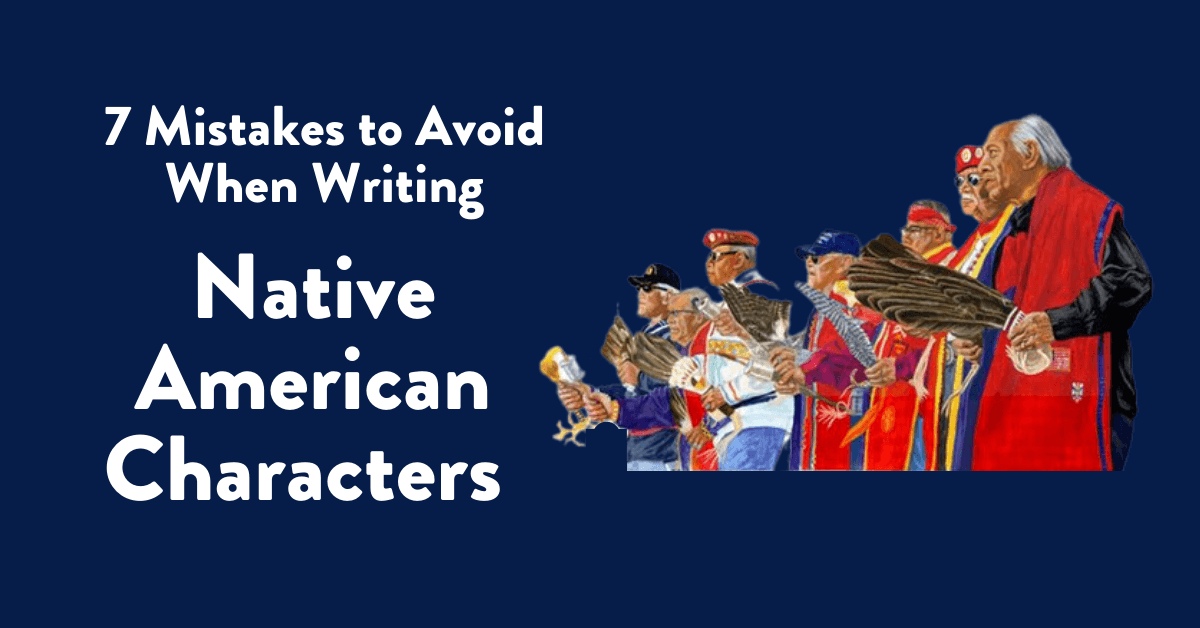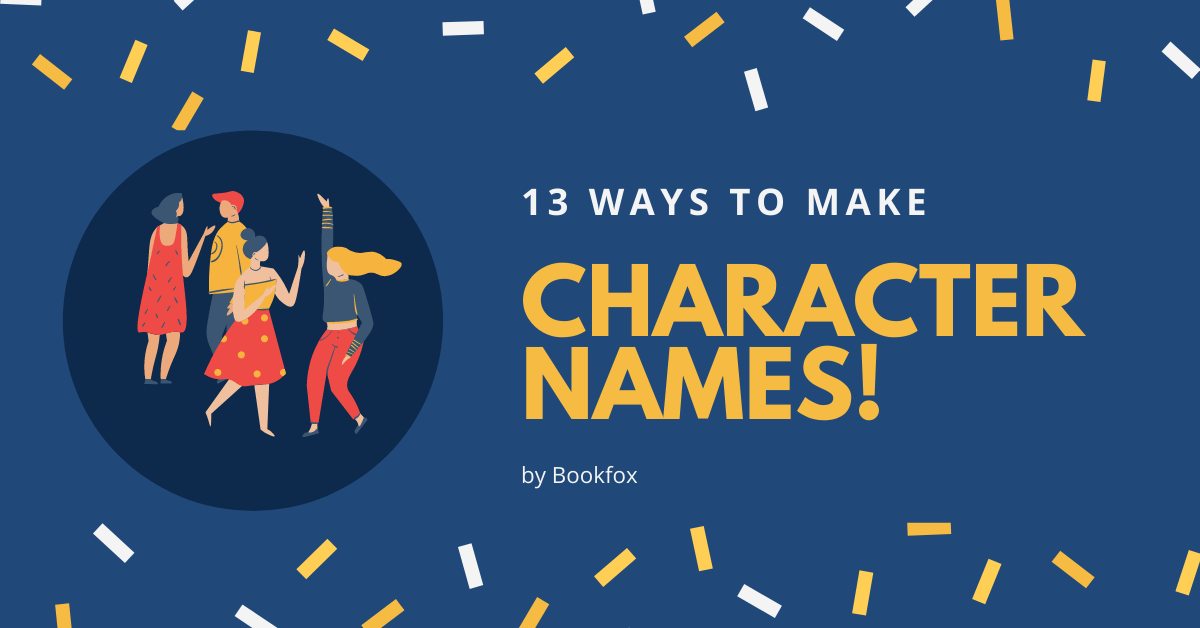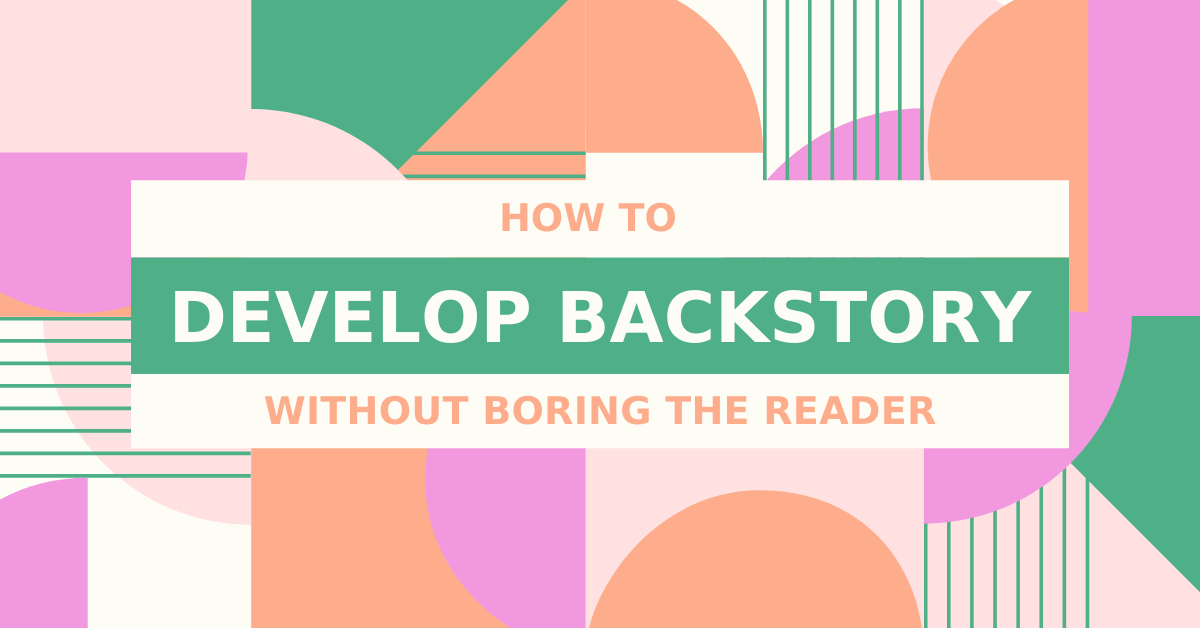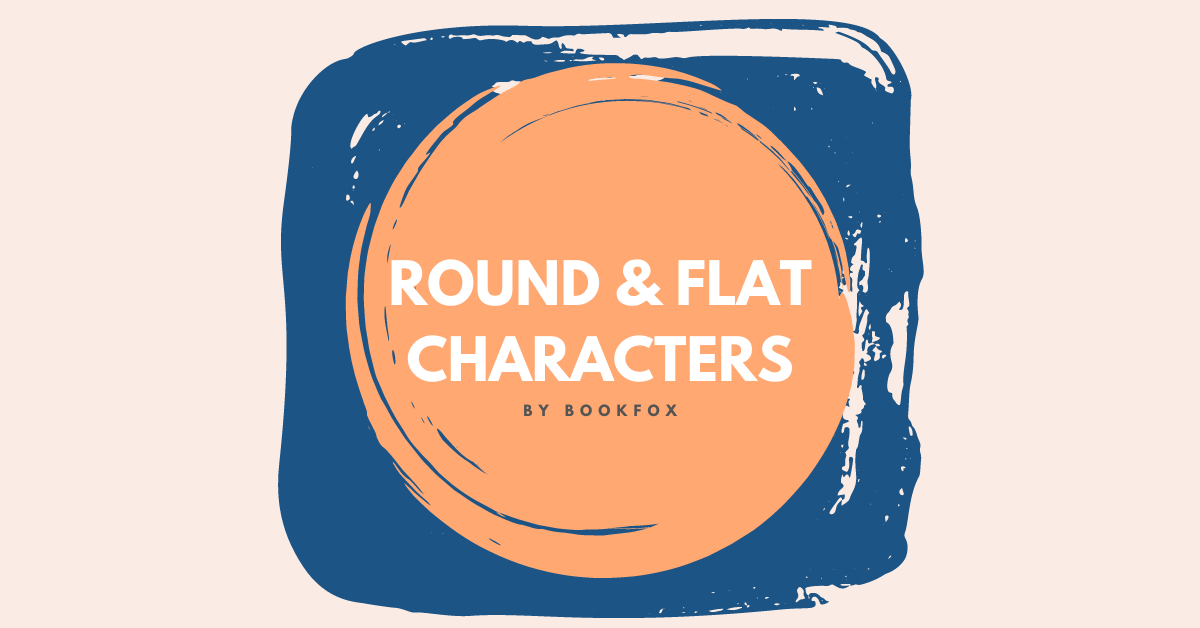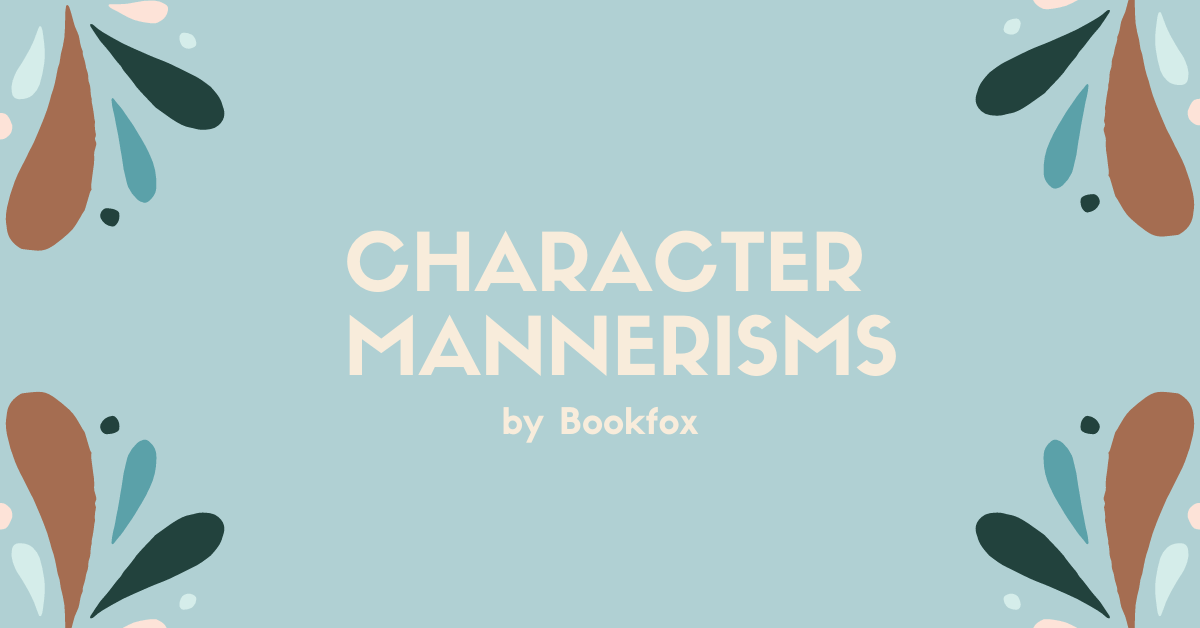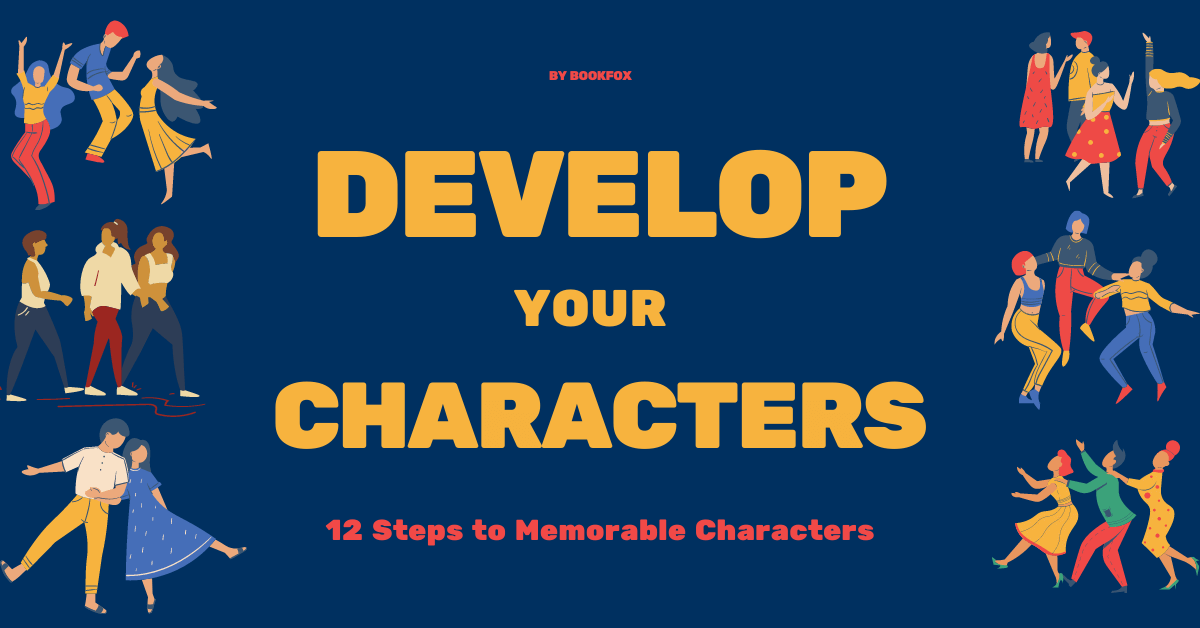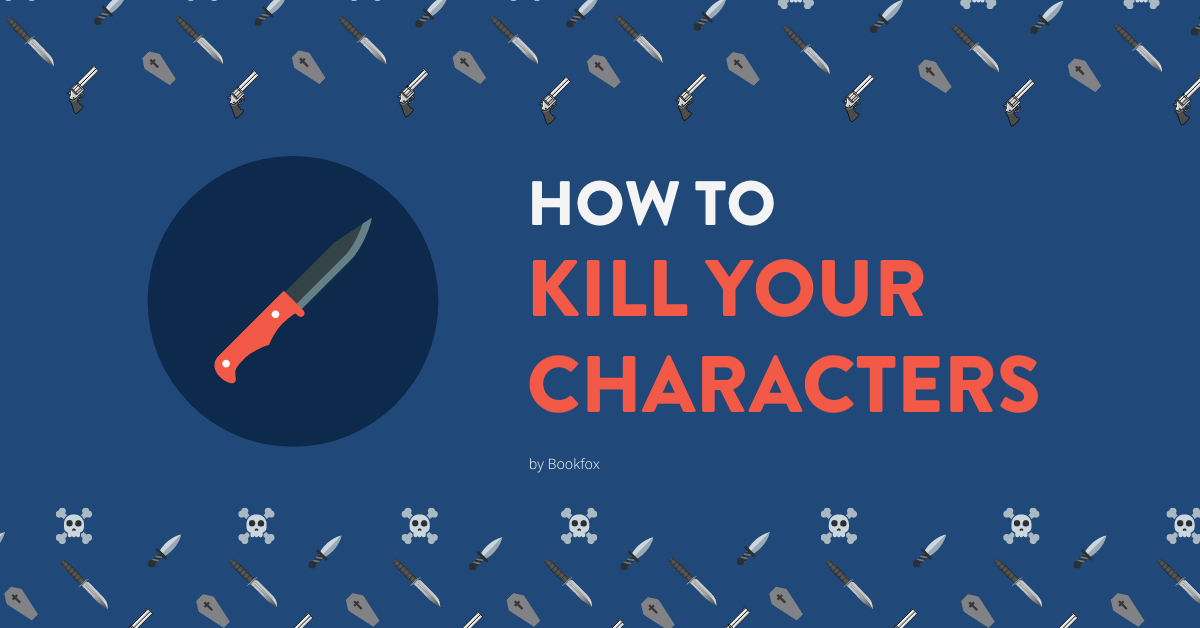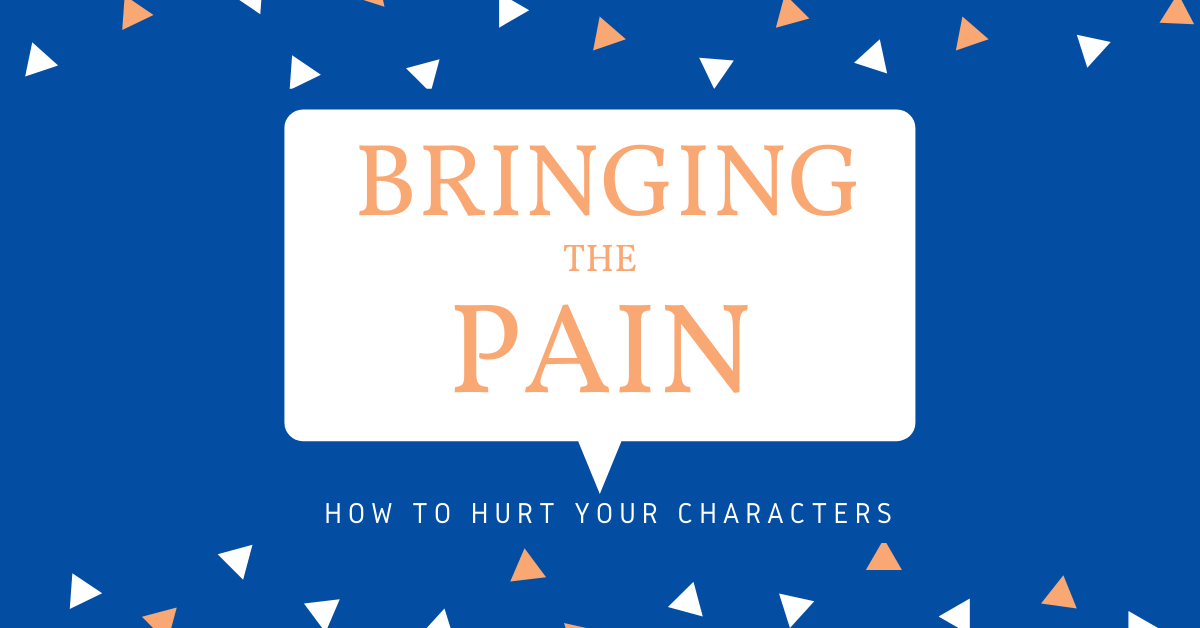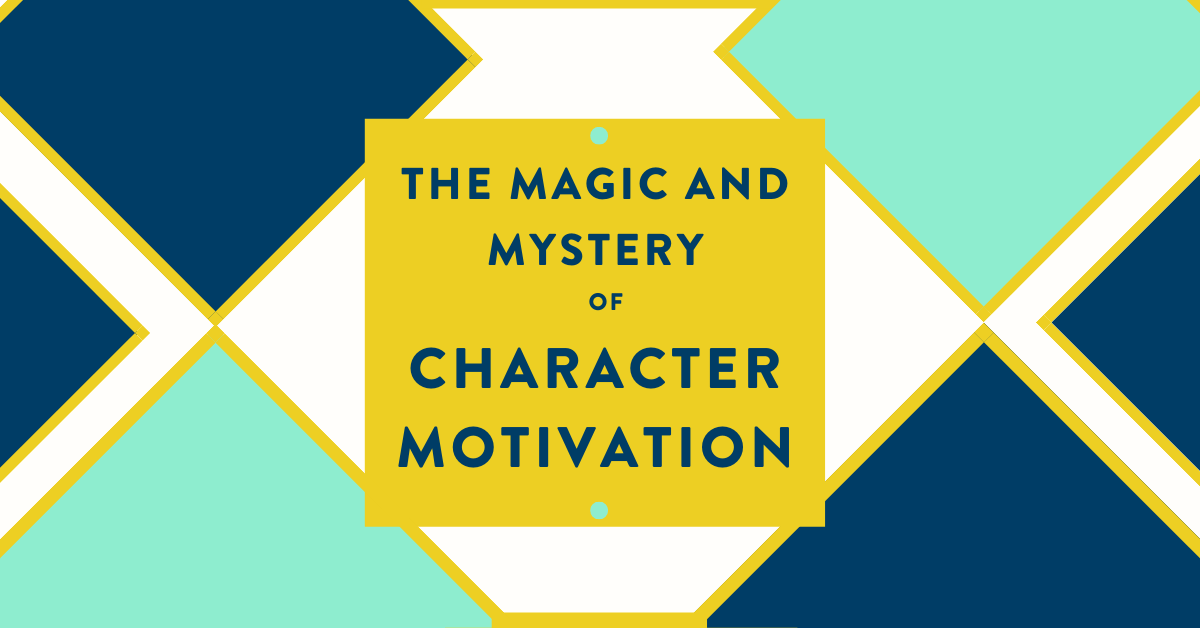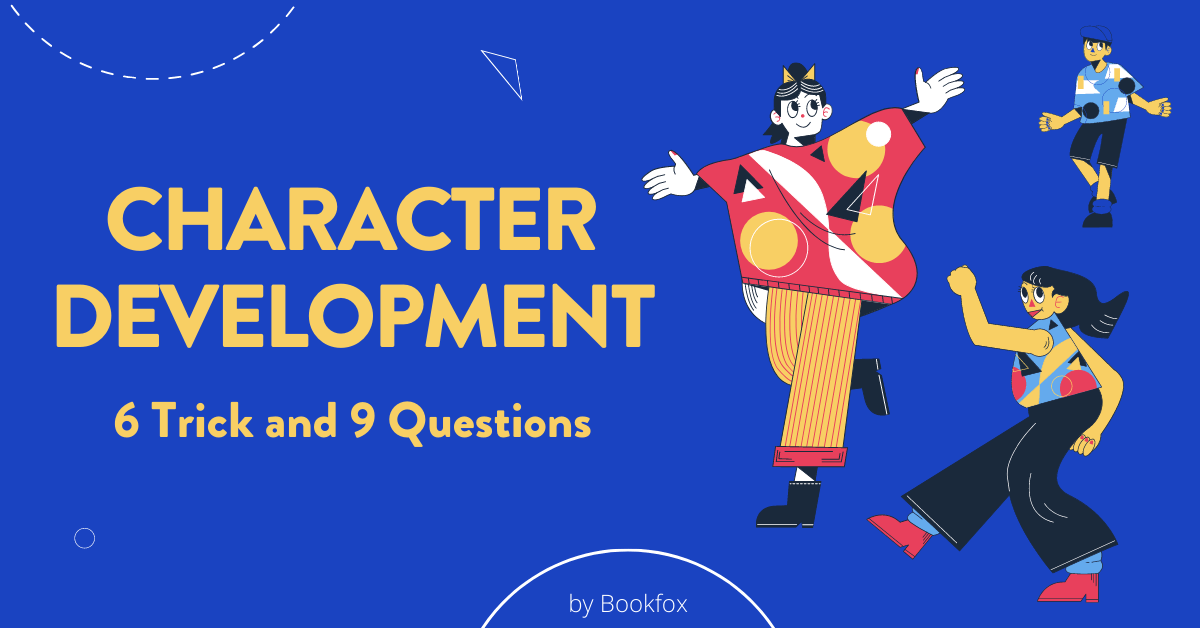Guest Post by Sarah Elisabeth Sawyer Illustration by Paul King (Choctaw) How can you write about Native Americans without offending someone, or totally botching the culture? As a Choctaw Nation of Oklahoma tribal member and a full-time author, I have a unique understanding and empathy for authors who attempt to write about Native Americans. In […]
Category: Characters
- 7 Mistakes to Avoid When Writing Native American Characters

- 13 Strategies to Create Character Names

Most people have trouble coming up with cool character names, which is why some kids end up with names like Vagena (true story) or Gaylord (Gaylord Focker is truly the worst name ever). But for fiction writers it’s harder because you have to come up with a dozen or so character names for every single […]
- How to Develop Backstory (Without Boring Your Reader)

I often find action movies boring because I have the same criticism every time: More backstory. I want heroes and heroines and villainesses with complicated motives that are tied to experiences from their pasts. Without backstory, characters become puppets, their actions serving only the advancement of the plot and not their own growth and […]
- Round and Flat Characters: A Guide to Writing Characters

The keys to a story are the characters, and the key to characters is knowing the difference between round and flat characters. This way, you can be intentional about writing characters who make connections with your audience and also writing characters who support that connection. When building a cast, it’s important to think about the […]
- 8 Steps to Creating Character Mannerisms

You build a character by separating them from the mass of humanity. Making them an individual, rather than a face in the crowd, is the main challenge of writers. A mannerism is one of the best ways to make a character memorable. Just a single unusual or curious affectation can make them stick in the […]
- Develop Memorable Characters in 12 Steps

How well do you know your characters? You’ve probably asked yourself some form of this question before. Most successful writers spend time delving into the characters who populate their pages. Countless resources exist (such as Bookfox’s “4 Character Questionnaire Tests—Can You Pass Them?”) to help you create characters rich in backstory, motivation, and personality—just like […]
- How to Kill a Character (with 12 deadly examples)

In every author’s life there comes a moment when they must slaughter one of their creations. Yep, you’ve got to kill one of your characters. I know, I know, you love them, you’ve created them, and yet for the sake of the story and for the sake of the reader, they need to bite a […]
- Bringing the Pain: How to Hurt Your Characters

Guest Post by Jody J. Sperling Stories are only truly great when they confront the great fears. Bernard Malamud knew this. His character of Roy Hobbs, a naturally gifted baseball player, was shot by a mysterious and seductive woman, which ruined his career in the big leagues. This was what Hobbs dreaded the most — […]
- The Magic and Mystery of Character Motivation

There are three parts to a character: a personality, a backstory, and a motivation. These three things are what create your story. Most important of the three is the character’s desire, or motivation. A motivation has the potential to be the backbone of the entire story, create a character arc, or add a more complex dimension […]
- Character Development Jetpack: 6 Tricks & 9 Questions

Your characters matter more than your plot. I’ll say it again: your characters matter more than your plot. You can give your audience dragons, mystery, romance, or even a massacre at a wedding, but none of that will matter if the reader doesn’t care what happens to the people. They are the ones who drive […]
